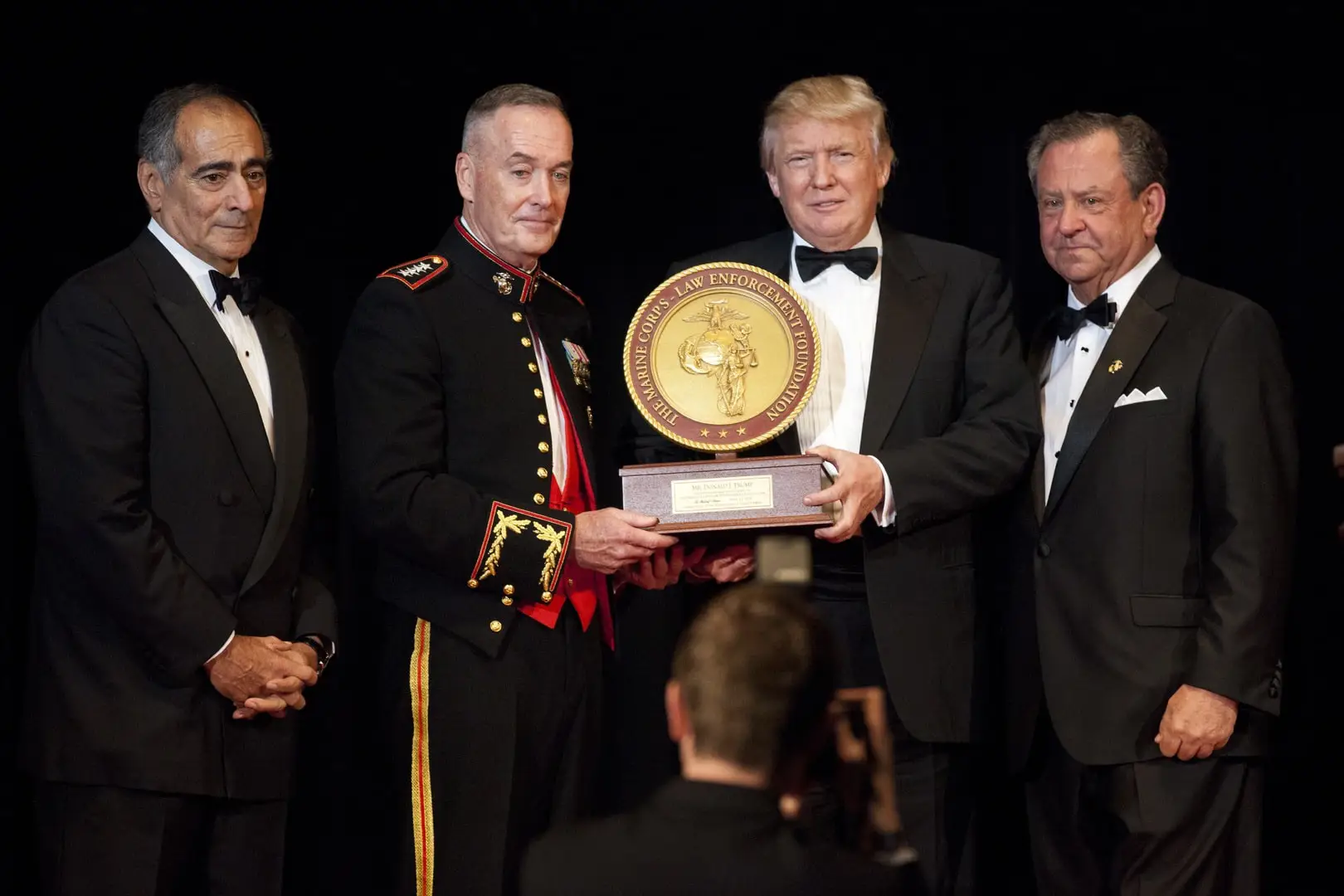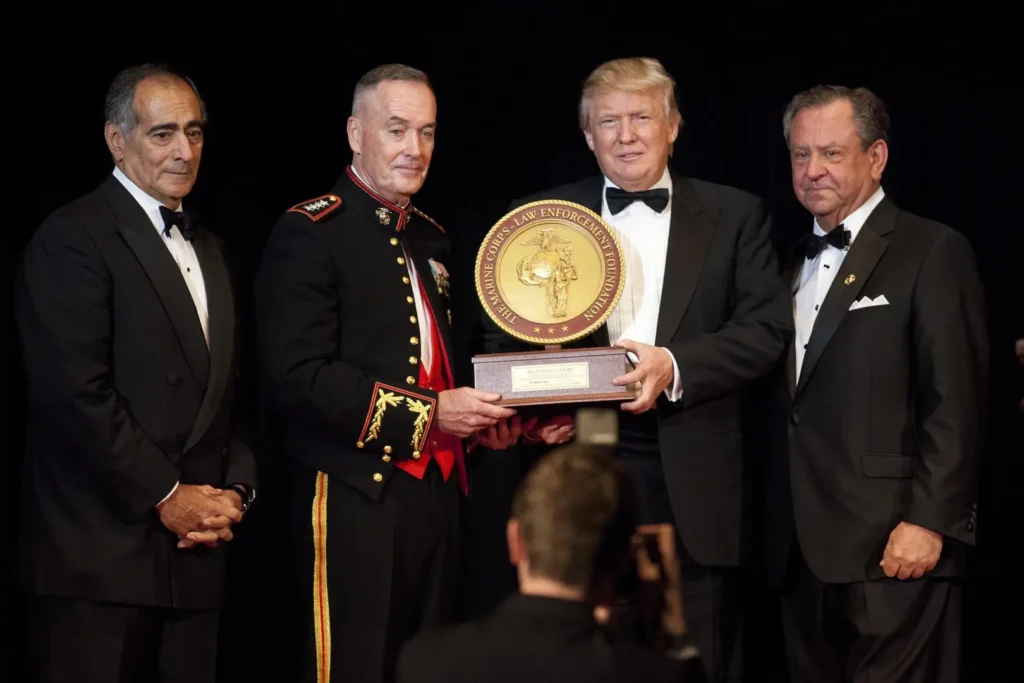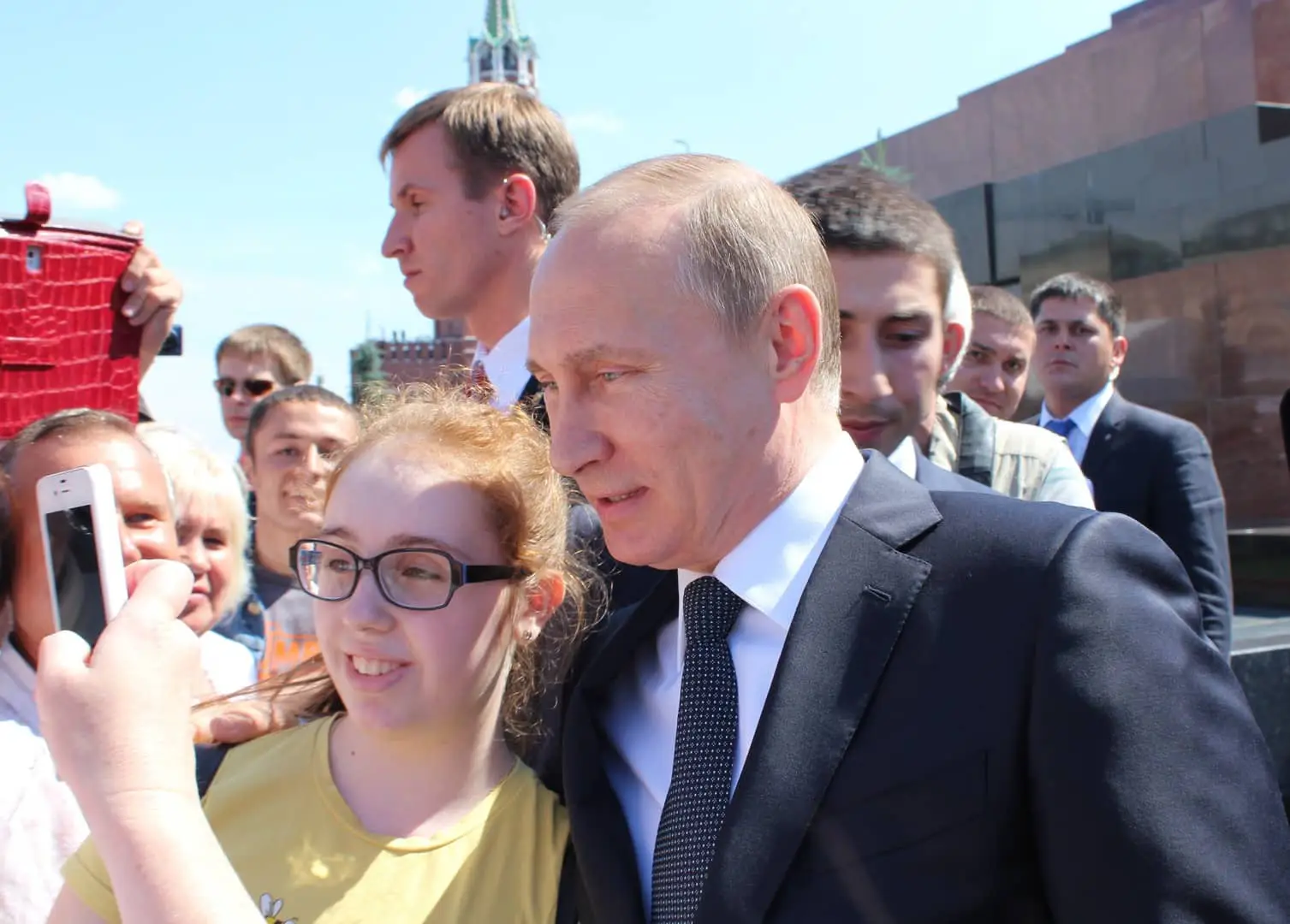In recent years, German politics has seen a significant shift, and one of the most intriguing figures at the forefront of this change is a dynamic woman from the eastern part of the country. Known for her bold stances, commitment to social justice, and ability to connect with voters, she is redefining the political landscape in Germany. This leader is not just breaking the glass ceiling but also challenging the long-standing political norms that have defined Germany for decades.
A Fresh Voice from the East
Coming from the former East Germany, her rise to prominence is particularly noteworthy given the historical and socio-political divides that still exist between the eastern and western parts of the country. For years, politicians from the East were often overshadowed by their Western counterparts, but her emergence symbolizes a changing tide. She represents a new wave of Eastern politicians who are determined to have their voices heard on the national stage.
Her appeal lies in her authentic connection to the struggles of everyday Germans, particularly those in the East who have often felt neglected by the broader political discourse. She speaks directly to issues that resonate deeply with these communities—economic disparity, the need for better infrastructure, and the demand for more inclusive policies.






Breaking Political Molds
One of the most striking aspects of her political approach is her willingness to break away from traditional party lines. While many German politicians tend to stay within the confines of their party’s ideology, she has been unafraid to challenge her own party on key issues, advocating for more progressive policies and a greater focus on social justice. Her commitment to tackling climate change, fighting for workers’ rights, and addressing the housing crisis has earned her both praise and criticism, but it’s her willingness to push boundaries that sets her apart.
She is particularly popular among younger voters, who see her as a refreshing alternative to the more established and sometimes stale political figures. Her use of social media, direct engagement with citizens, and grassroots organizing efforts have helped her build a strong, loyal following that transcends traditional party politics.
Challenges Ahead
While her rise has been meteoric, it hasn’t been without challenges. The political environment in Germany is highly polarized, and she faces opposition not only from rival parties but also from within her own ranks. Critics argue that some of her policies are too radical, and there is constant scrutiny of her every move. However, she has shown resilience in the face of these challenges, using criticism as fuel to further her agenda.












Moreover, navigating the complexities of German federal politics, with its coalition governments and intricate legislative processes, will be a test of her political acumen. Balancing the need to stay true to her principles while working within the system to enact change is a delicate dance that she will need to master.
A Symbol of Change
Her presence on the national stage is more than just a political statement—it’s a symbol of the changing face of German politics. She embodies the hopes of a generation that is looking for something different, something new. Her story resonates because it speaks to the larger narrative of a country that is still grappling with its divided past while trying to forge a united future.
As she continues to shake up the status quo, she represents not just the future of German politics but also the potential for a more inclusive and forward-thinking political landscape. Whether she ultimately succeeds in implementing her vision remains to be seen, but one thing is clear: she is a force to be reckoned with, and her impact on German politics will be felt for years to come.
Her journey is a reminder that change often comes from the most unexpected places, and sometimes, all it takes is one determined individual to start a revolution. In a time of political uncertainty and division, she offers a glimpse of what is possible when new voices are allowed to rise.














